Stepping up your workouts is the key to getting stronger, fitter, and more resilient. But pushing too hard, too fast can lead to injury, burnout, and frustration. The goal is progress, not punishment.
So, how do you increase intensity safely without overdoing it? The NordBench and NordBench Band System are designed to meet you at your fitness level and grow with you, making it easy to adjust difficulty and add resistance as you get stronger.
But before we talk equipment, let’s break down five research-backed ways to increase workout intensity the right way while avoiding injury and fatigue.
1. Follow the 10% Rule for Safe Progression
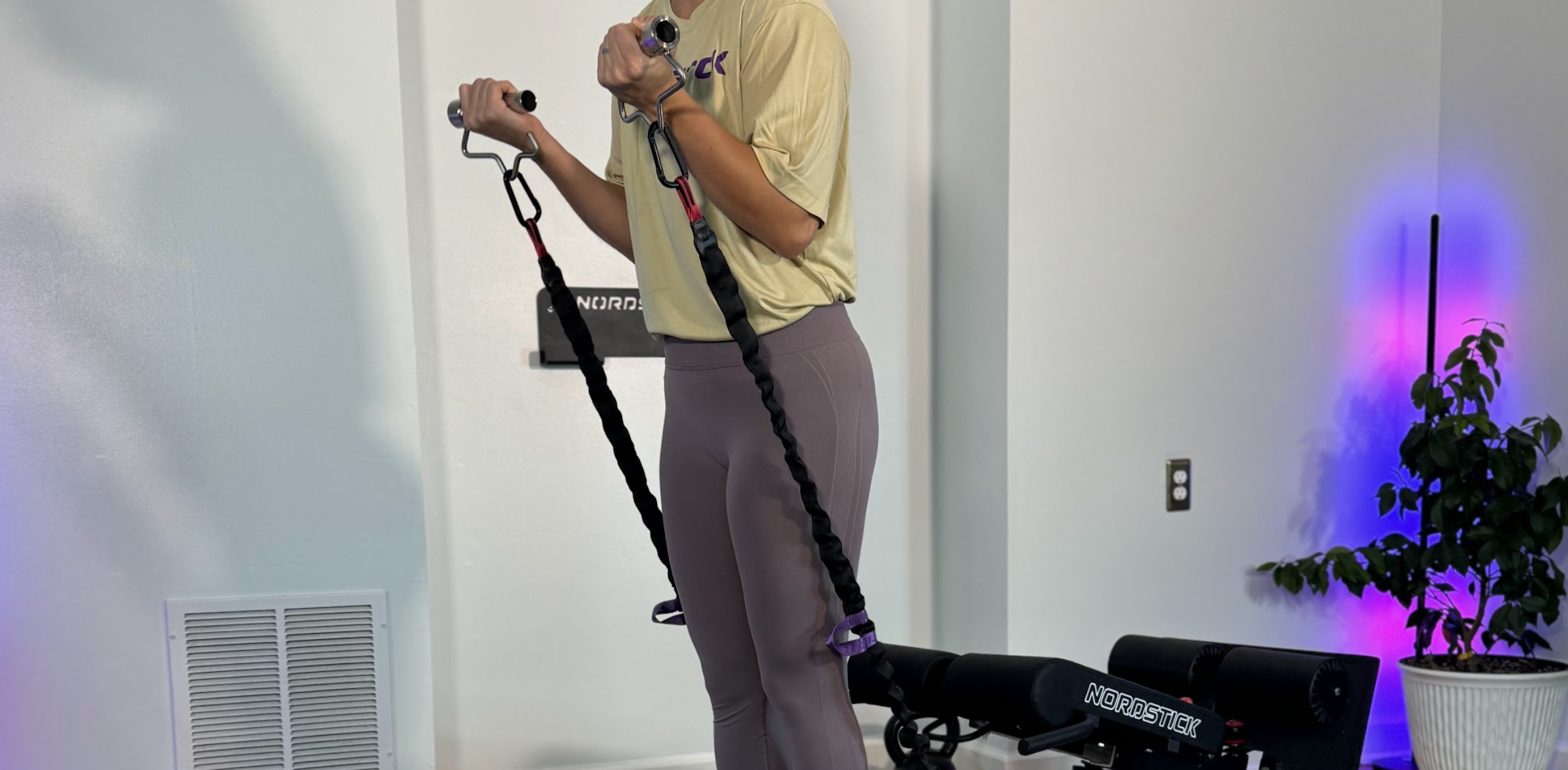
Jumping from moderate intensity exercise to vigorous activity too quickly can strain your body. Research from the National Institute of Sports Medicine shows that gradually increasing intensity by no more than 10% per week is the safest way to improve fitness without risking injury.
This applies to strength exercises, running, weight training, and even brisk walking.
✅ If you’re lifting 20 lbs, try 22 lbs next week.
✅ If you’re running 10 miles per week, aim for 11 miles instead of 15.
✅ If you’re doing 3 sets of Nordic curls, add one extra rep per set instead of doubling volume.
🚨 The mistake to avoid? Going from 0 to 100 overnight. Slow, steady progression ensures high retention and attendance rates—meaning you actually stick with your workouts instead of burning out.
🔥 Related Read: The Reason You're Probably Not Making Progress and How to Change That in 30 Seconds
Small changes compound over time. See why adjusting your approach slightly can skyrocket your fitness gains.
2. Use Progressive Overload—Without Overloading Your Joints
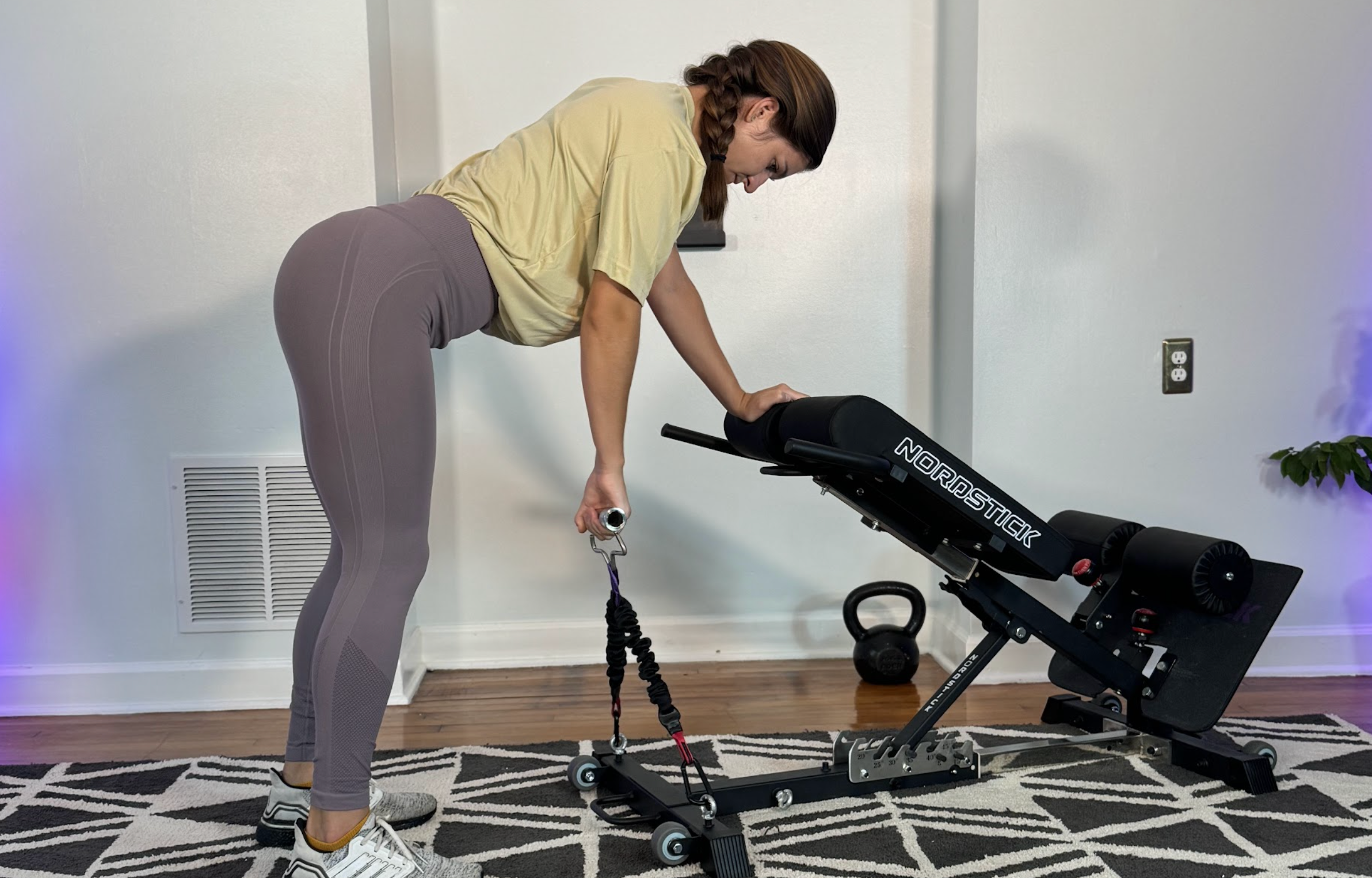
To build muscle, burn fat, and improve endurance, you need progressive overload—which means gradually increasing weight, reps, or resistance over time.
The NordBench Band System makes progressive overload easy by letting you adjust resistance levels in small, controlled increments rather than jumping straight to heavy weights.
🏋️ How to do it safely:
✅ Start with lighter resistance bands (20 lbs) and work up to heavier ones (up to 240 lbs total).
✅ Increase one variable at a time—either weight, reps, or sets, but not all three at once.
✅ Use rest-pause sets—instead of adding more weight, take a short rest mid-set to complete more reps with perfect form.
🔥 Related Read: How to Set Realistic Fitness Goals for 2025
Fitness is a long game. Learn how to set goals that you’ll actually achieve instead of giving up in frustration.
3. Let Your Recovery Dictate Your Progress

More intensity means more recovery is needed. Skipping rest days or not adjusting your workouts based on recovery levels leads to overtraining, chronic fatigue, and injury.
Research from the American College of Sports Medicine suggests:
✅ At least one full rest day per week for muscle recovery.
✅ 7-9 hours of sleep per night to support muscle repair and cognitive function.
✅ Listening to your body—if soreness lasts more than 48 hours, avoid working the same muscle group again.
📌 NordBench Pro-Tip: The NordBench lets you modify exercise angles to reduce intensity on recovery days while still training through a full range of motion.
🚨 The mistake to avoid? Ignoring soreness and pushing through. More is not always better—better is better.
🔥 Related Read: How to Stay Consistent in Your Workout Routines and Other Goals
Consistency beats intensity every time. Learn how to show up even when life gets in the way.
4. Mix Up Intensity Levels with Smart Training Cycles
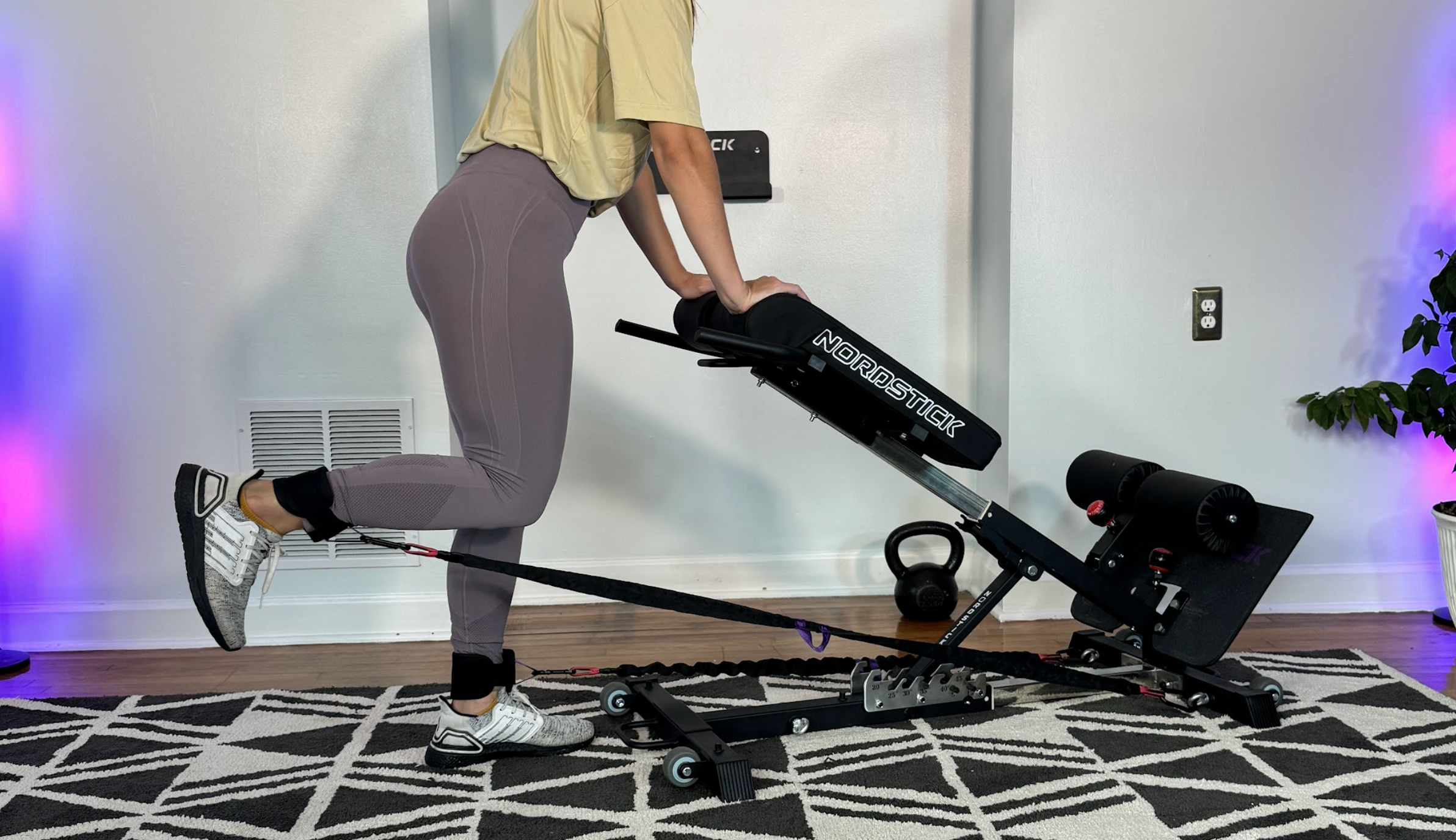
Your workouts should be a mix of:
✅ Low-intensity sessions (active recovery, mobility work, walking paths)
✅ Moderate intensity (strength training, moderate aerobic activity, bodyweight circuits)
✅ High-intensity days (short bursts of max effort, high intensity interval training)
This is called periodization—and it’s used by elite athletes to prevent burnout while maximizing performance.
📌 Example schedule:
Monday: Strength training (moderate intensity)
Tuesday: Light jog or brisk walking (low intensity activity)
Wednesday: HIIT session (vigorous activity)
Thursday: Active recovery (mobility work, stretching)
Friday: Weight training (moderate intensity exercise)
Saturday: High-intensity sprint work
Sunday: Rest or low-intensity movement (walking, yoga)
🚨 The mistake to avoid? Doing back-to-back intense workouts without recovery in between.
📌 NordBench Pro-Tip: On lower-intensity days, use the NordBench Band System for low-impact resistance work instead of heavy weights.
🔥 Related Read: Why You're Not Seeing Results from Working Out
Struggling to make progress? Find out what’s holding you back and how to fix it.
5. Focus on Quality Over Quantity
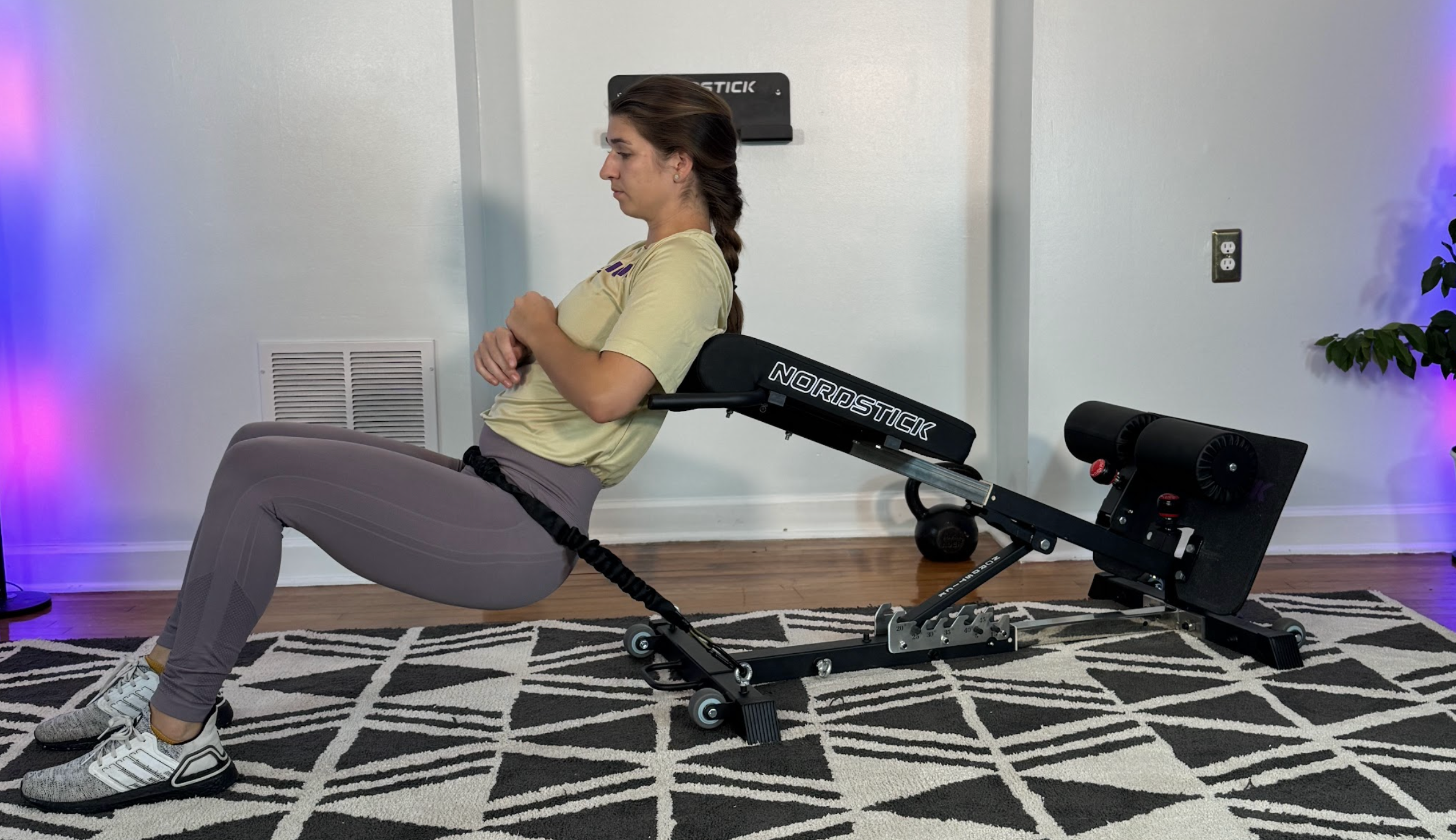
It’s not about doing more—it’s about doing better. Research shows that slower, controlled reps with proper form activate more muscle fibers than rushing through reps with heavier weights.
✅ Slow down your reps—3-second negatives build more muscle tension than explosive movements.
✅ Use isometric holds—pause at the bottom of a Nordic curl or top of a squat to increase difficulty without extra weight.
✅ Focus on muscle activation—feel your glutes, hamstrings, and core engage with each rep.
📌 NordBench Pro-Tip: The adjustable incline settings on the NordBench make it easy to modify exercise difficulty without sacrificing form.
🚨 The mistake to avoid? Letting ego dictate your workout. More weight doesn’t always mean more strength—better movement does.
🔥 Related Read: Five Levels to Master Back Extensions and Strengthen Your Core
A strong core is essential for stability, posture, and injury prevention. Master these back extension progressions.
Final Thoughts: Progress, Not Punishment
Increasing workout intensity should feel challenging, but never impossible. By following these five principles and using the right equipment—like the NordBench and NordBench Band System—you can push past plateaus while keeping your body safe, strong, and resilient.
✅ Adjust difficulty levels gradually
✅ Prioritize recovery and rest days
✅ Mix up intensity levels with smart programming
✅ Focus on slow, controlled movements for better activation
🚀 Ready to train smarter, not just harder? Check out the NordBench and NordBench Band System to increase intensity at your own pace—safely, effectively, and with confidence.
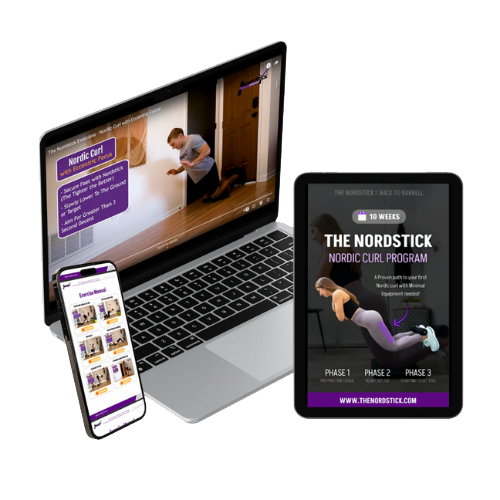


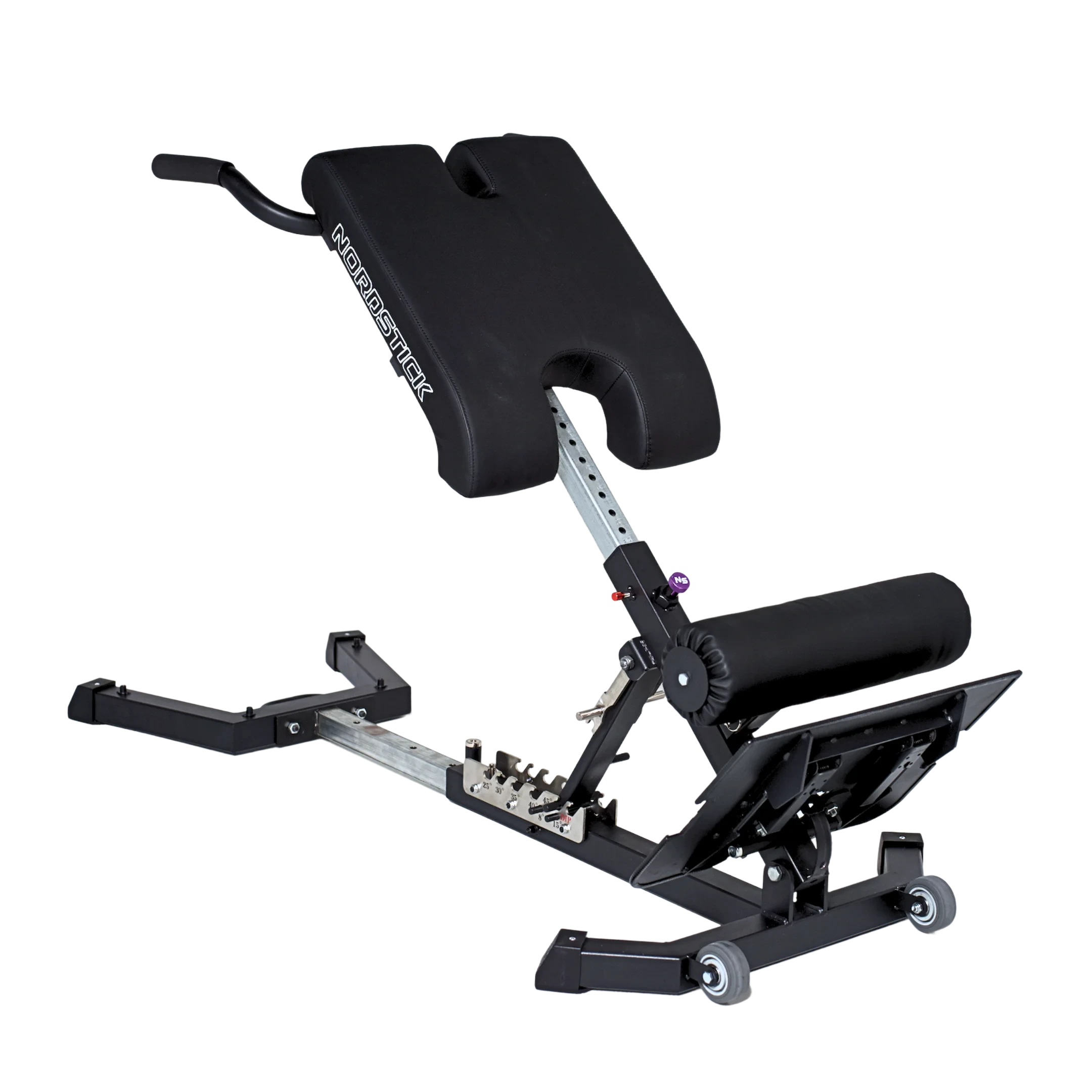
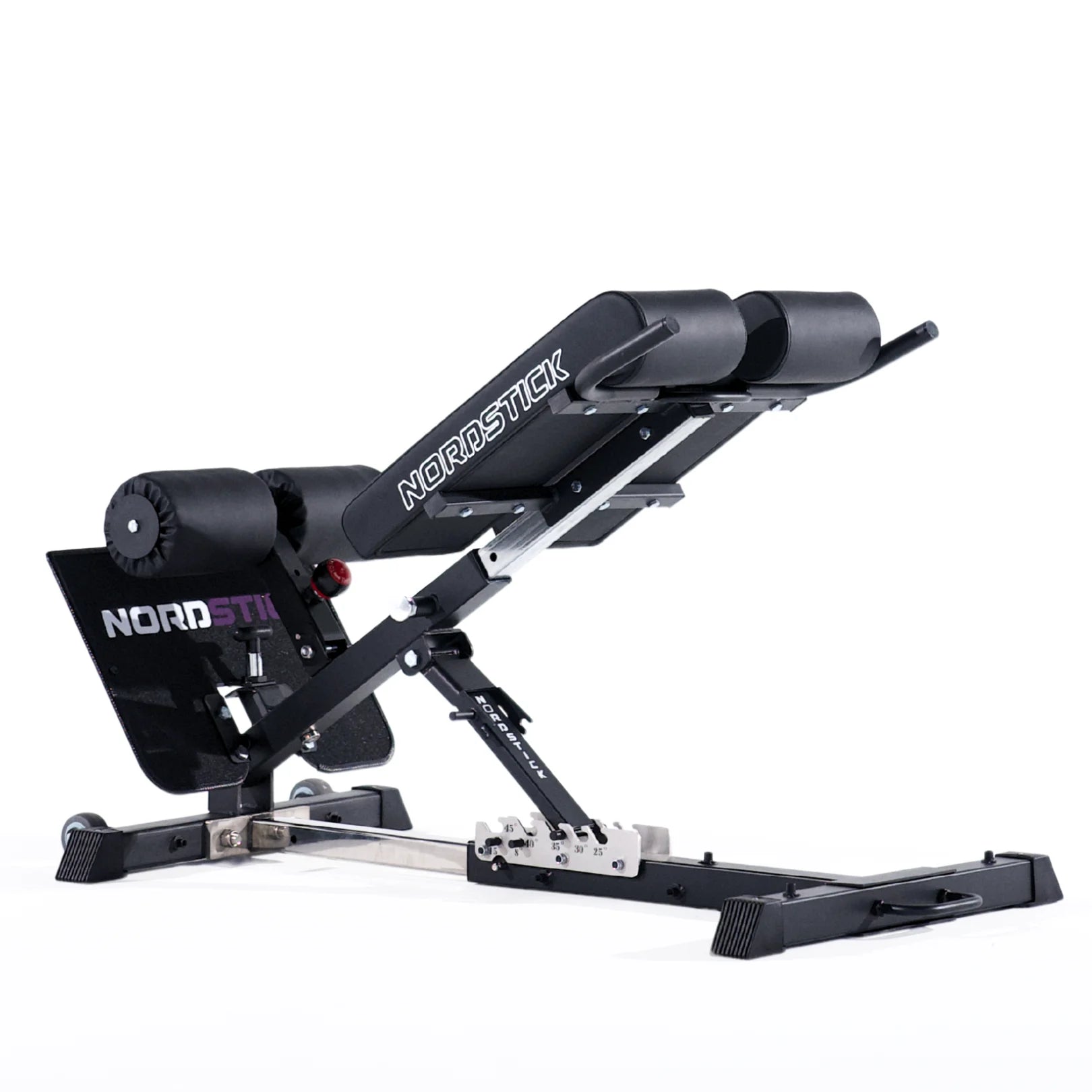





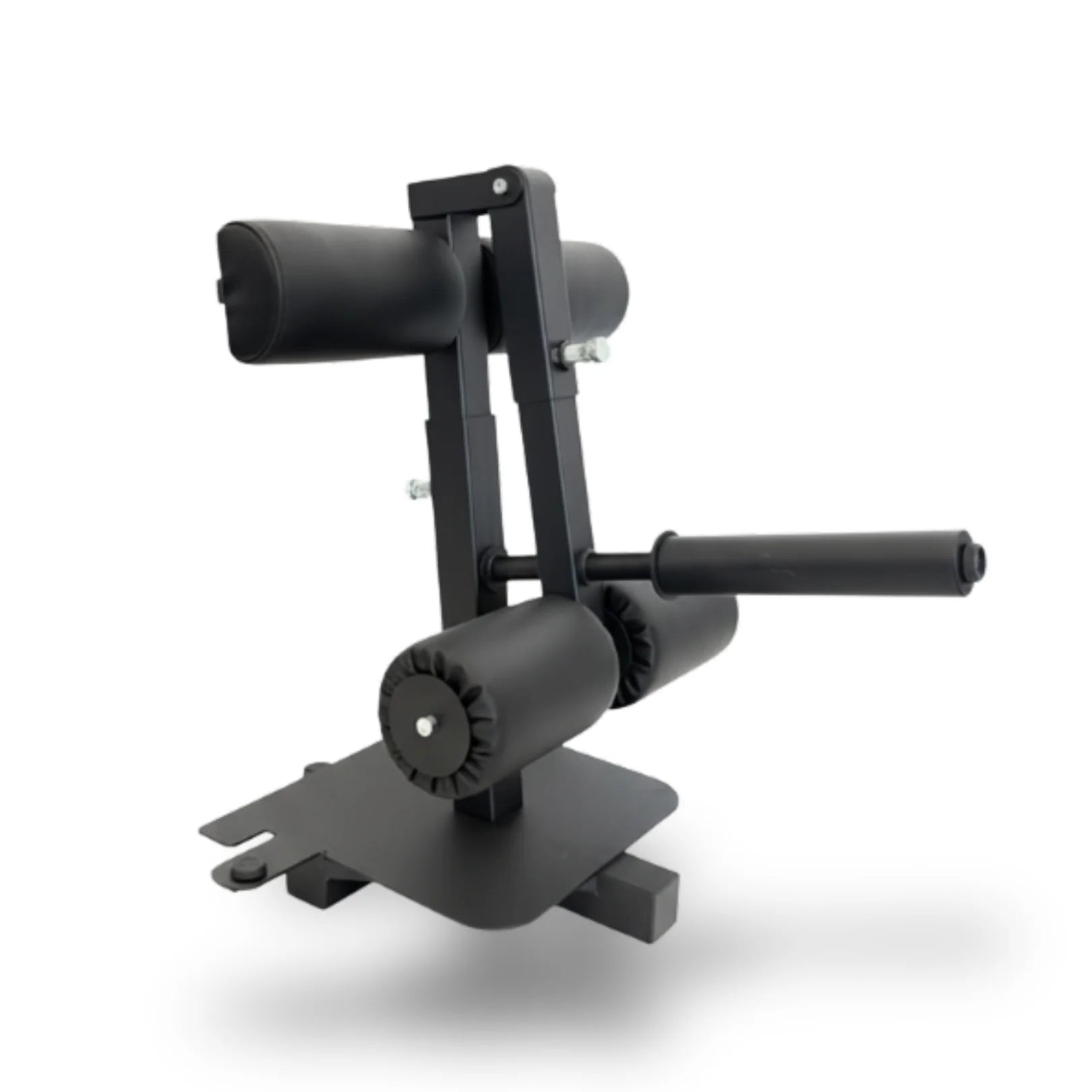
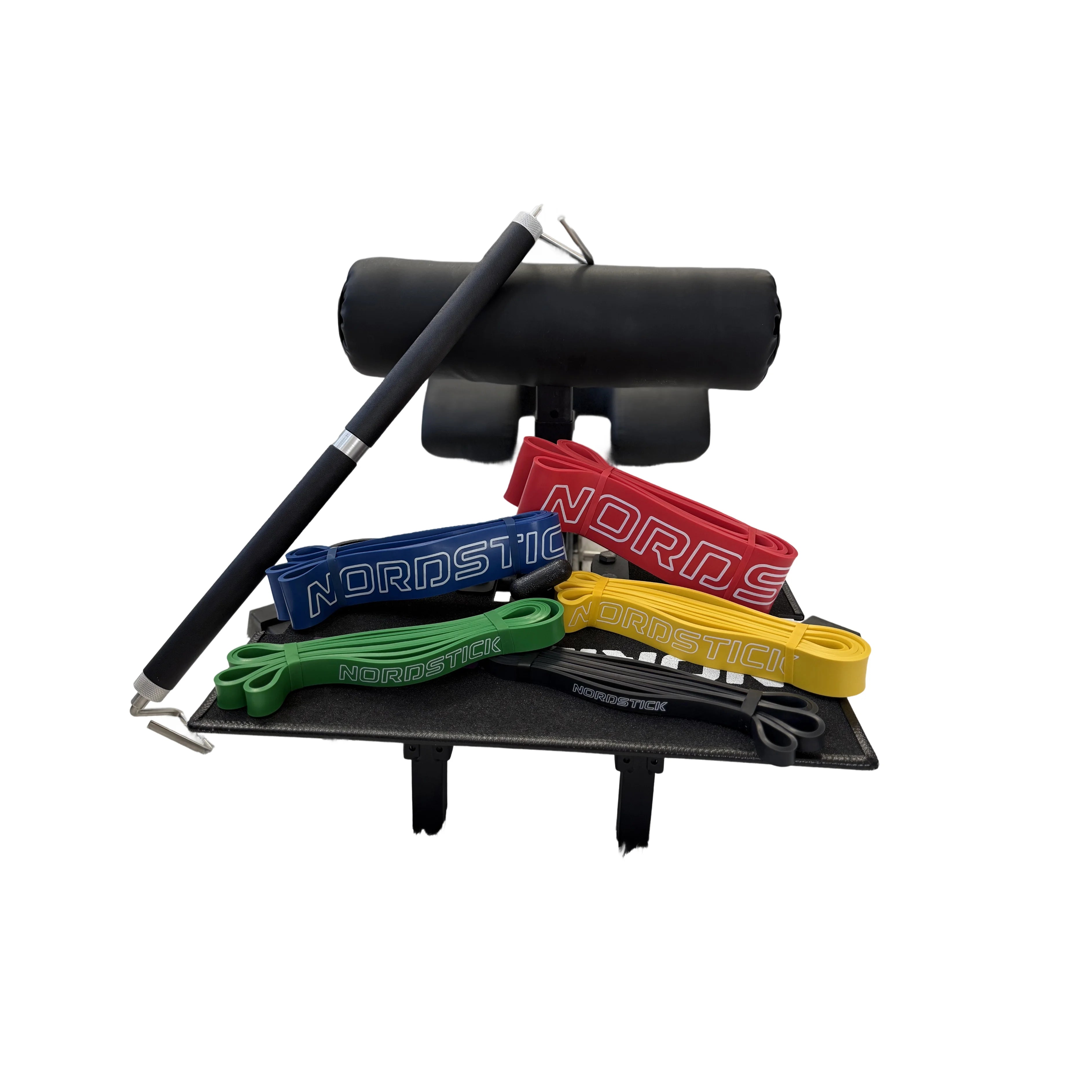
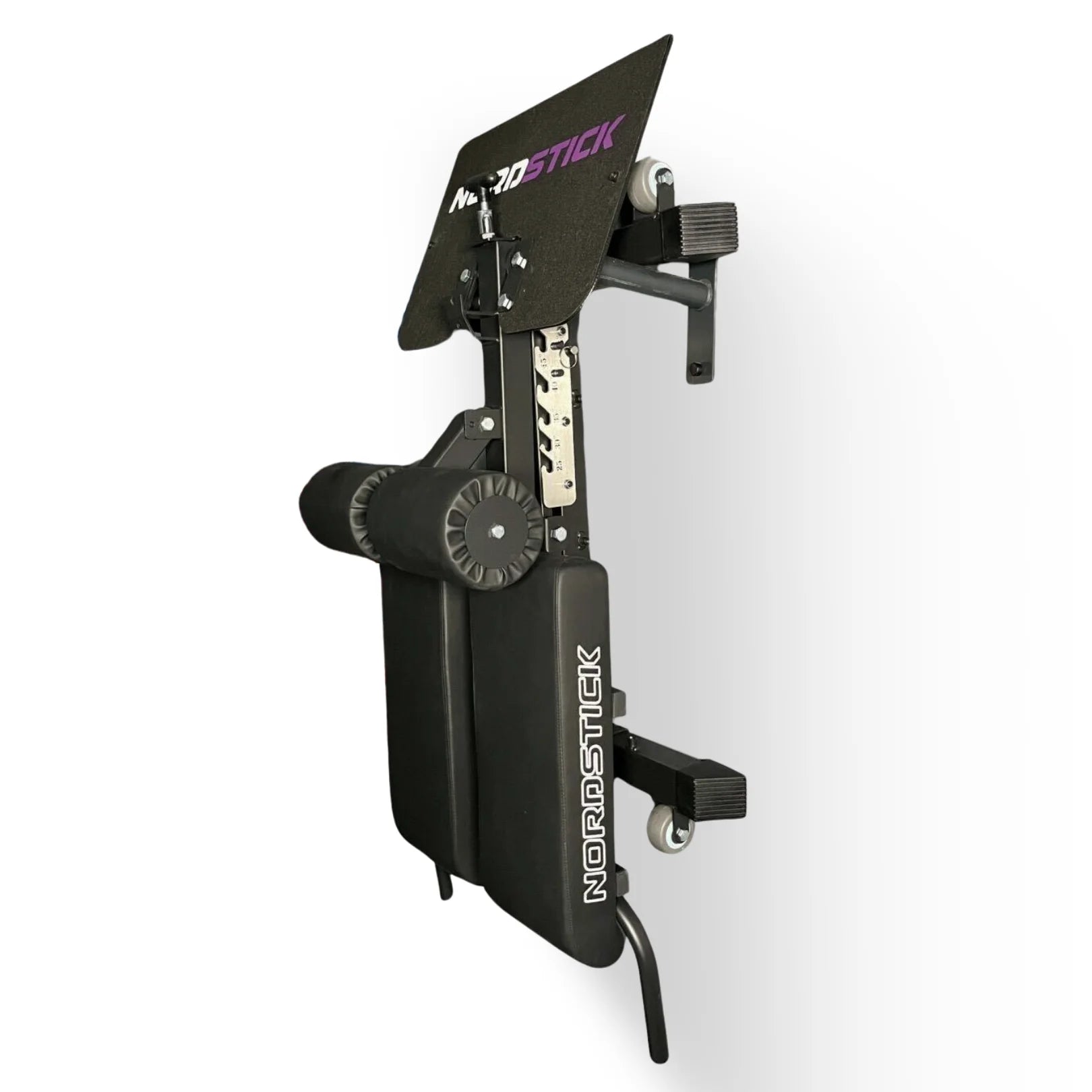
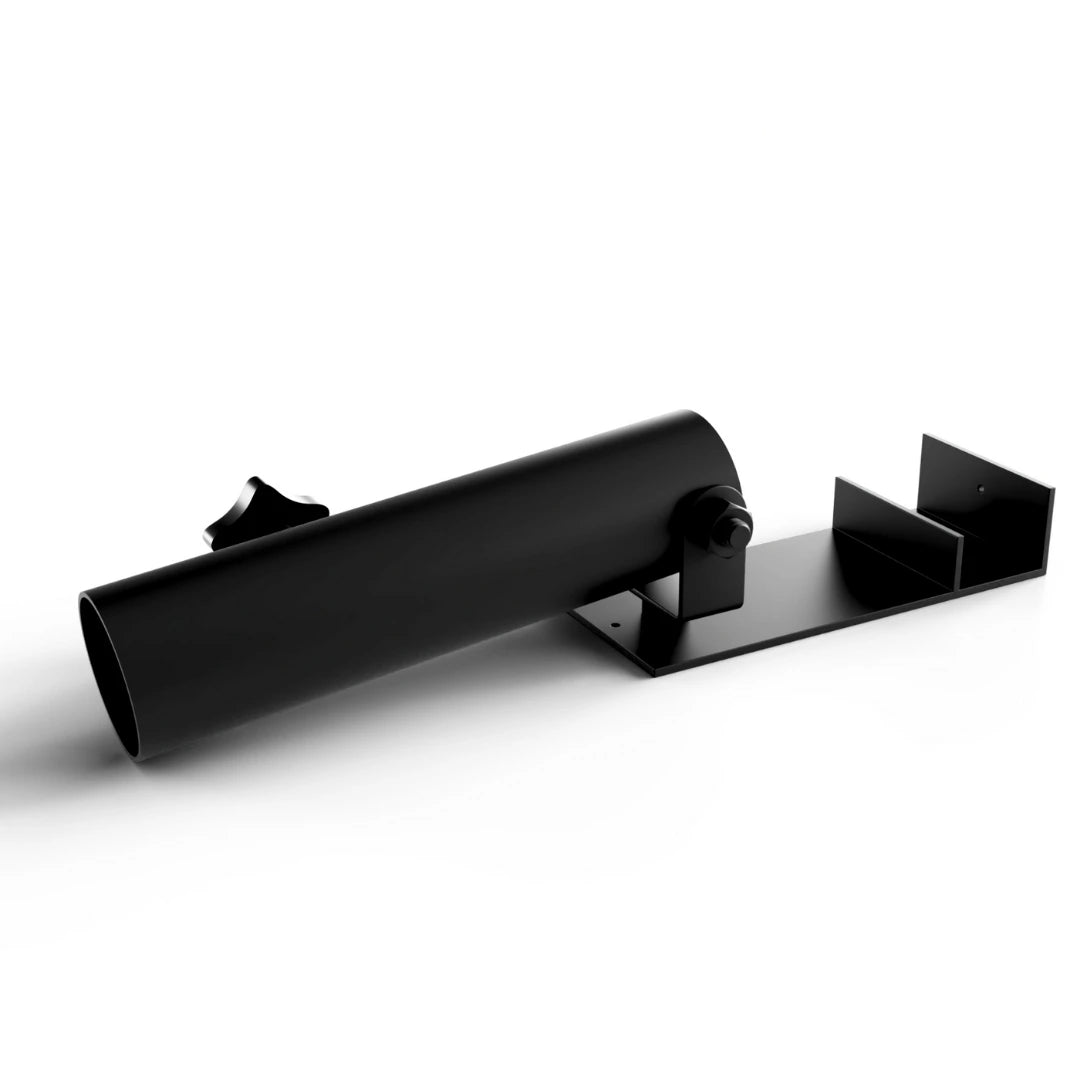
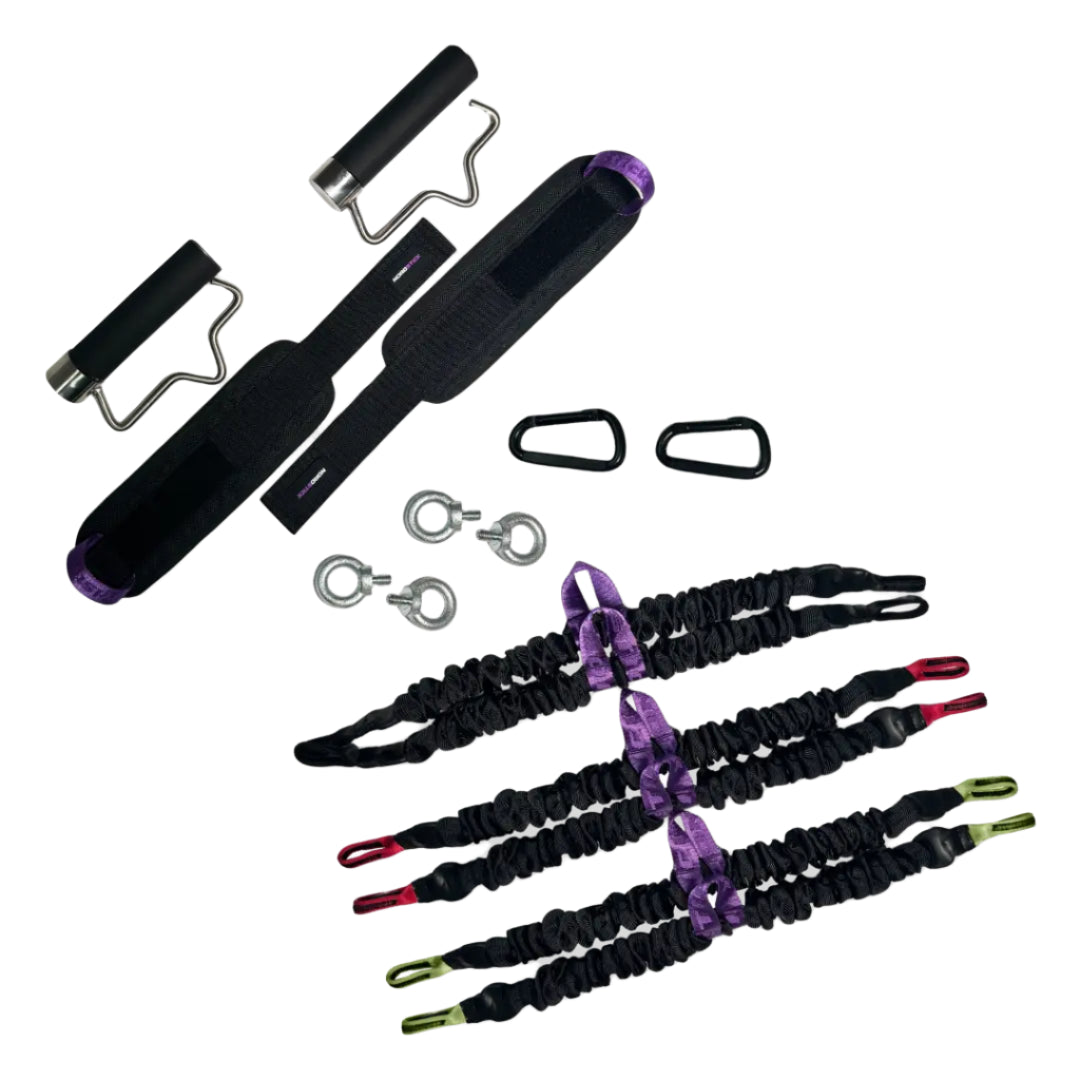
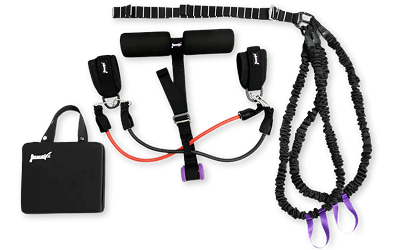
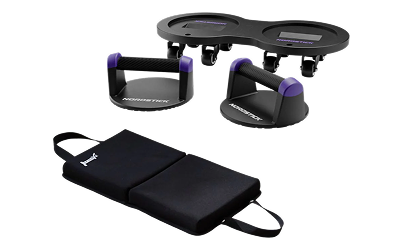
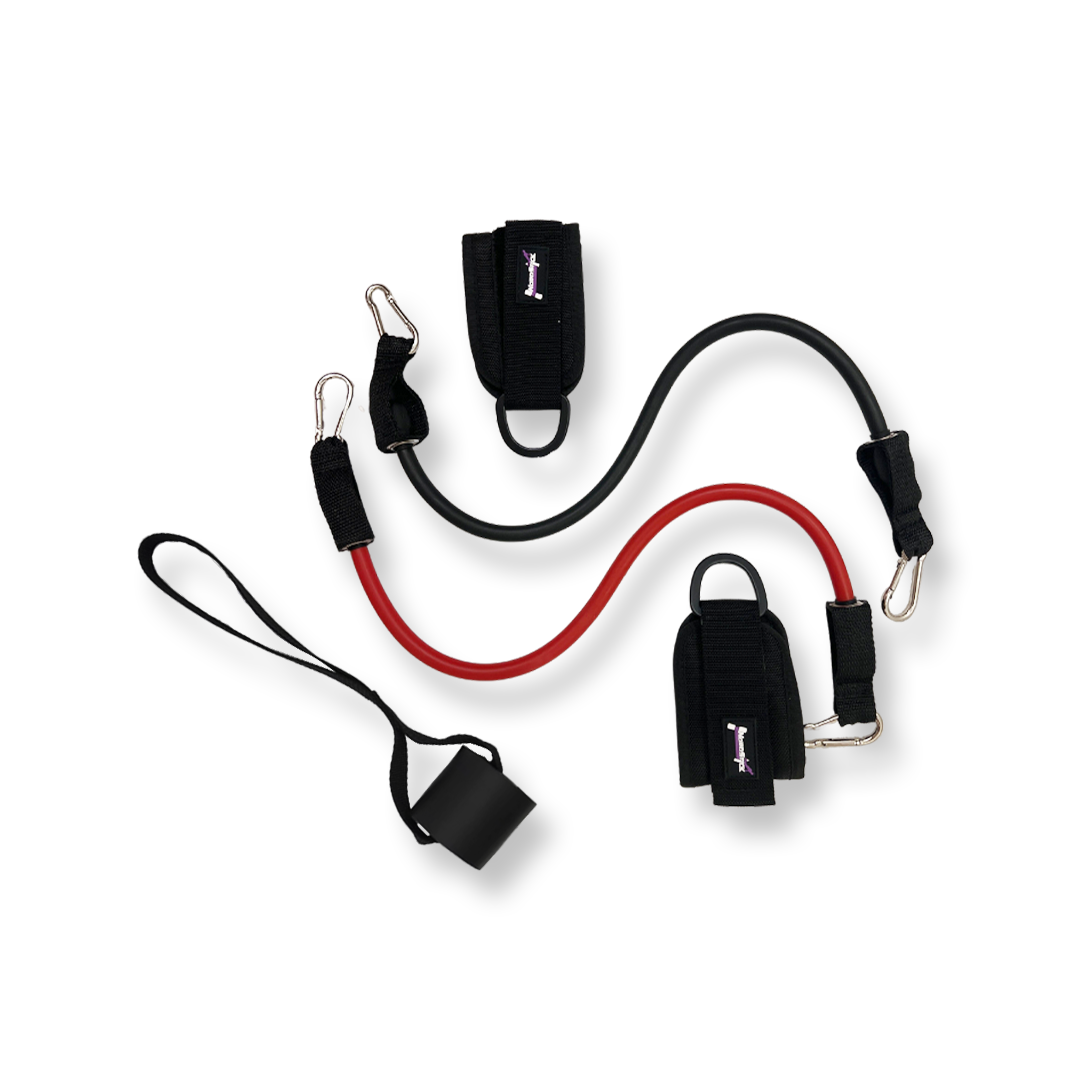
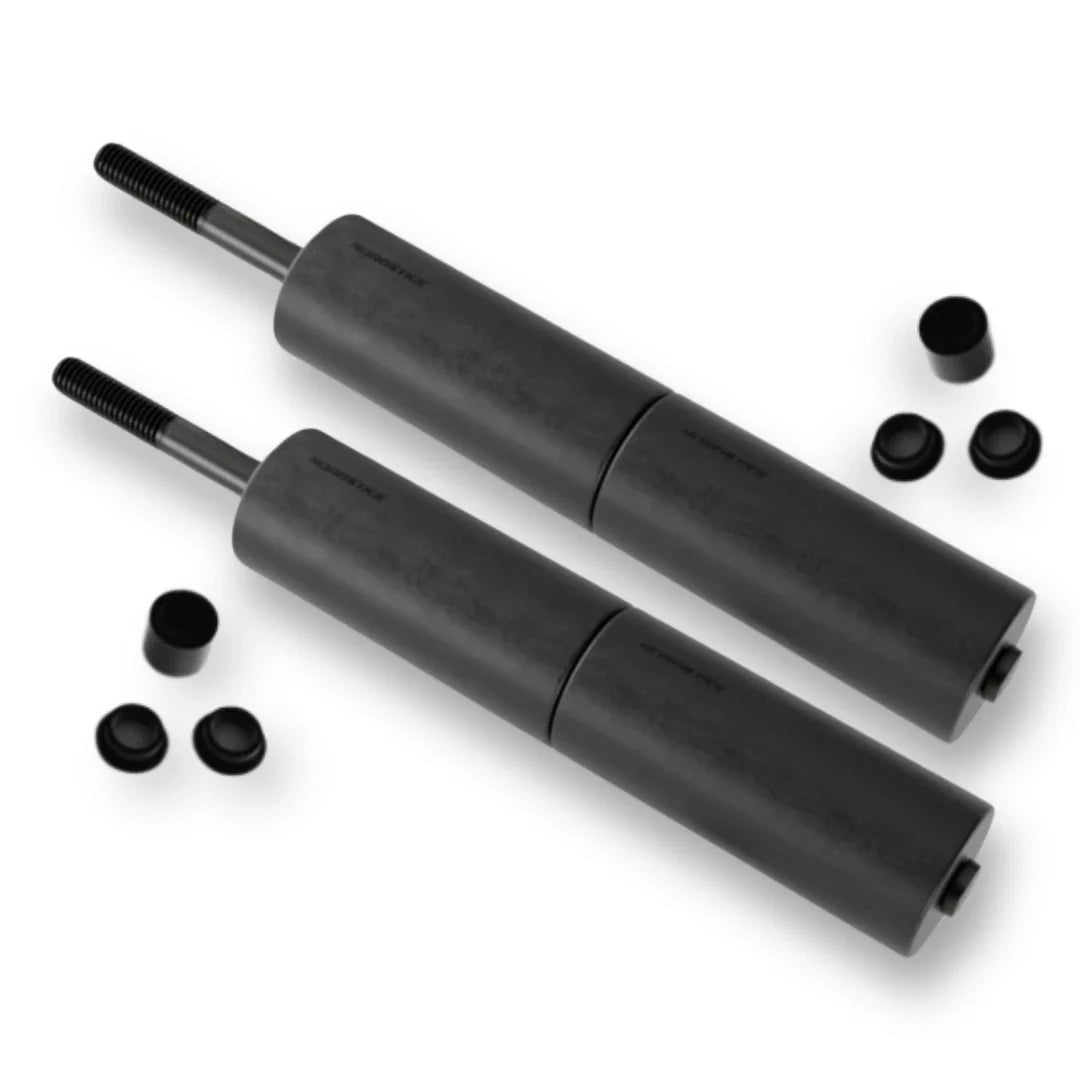
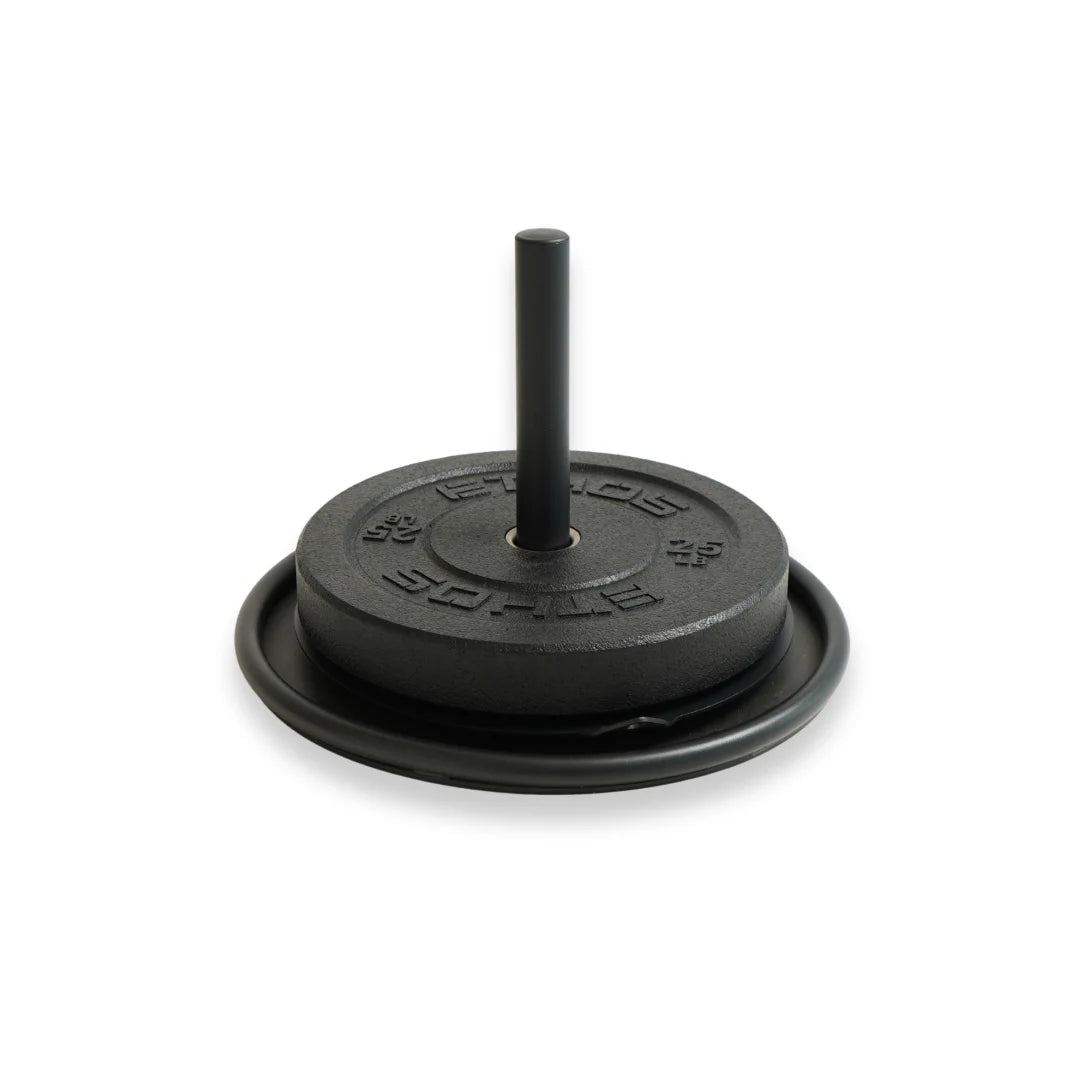
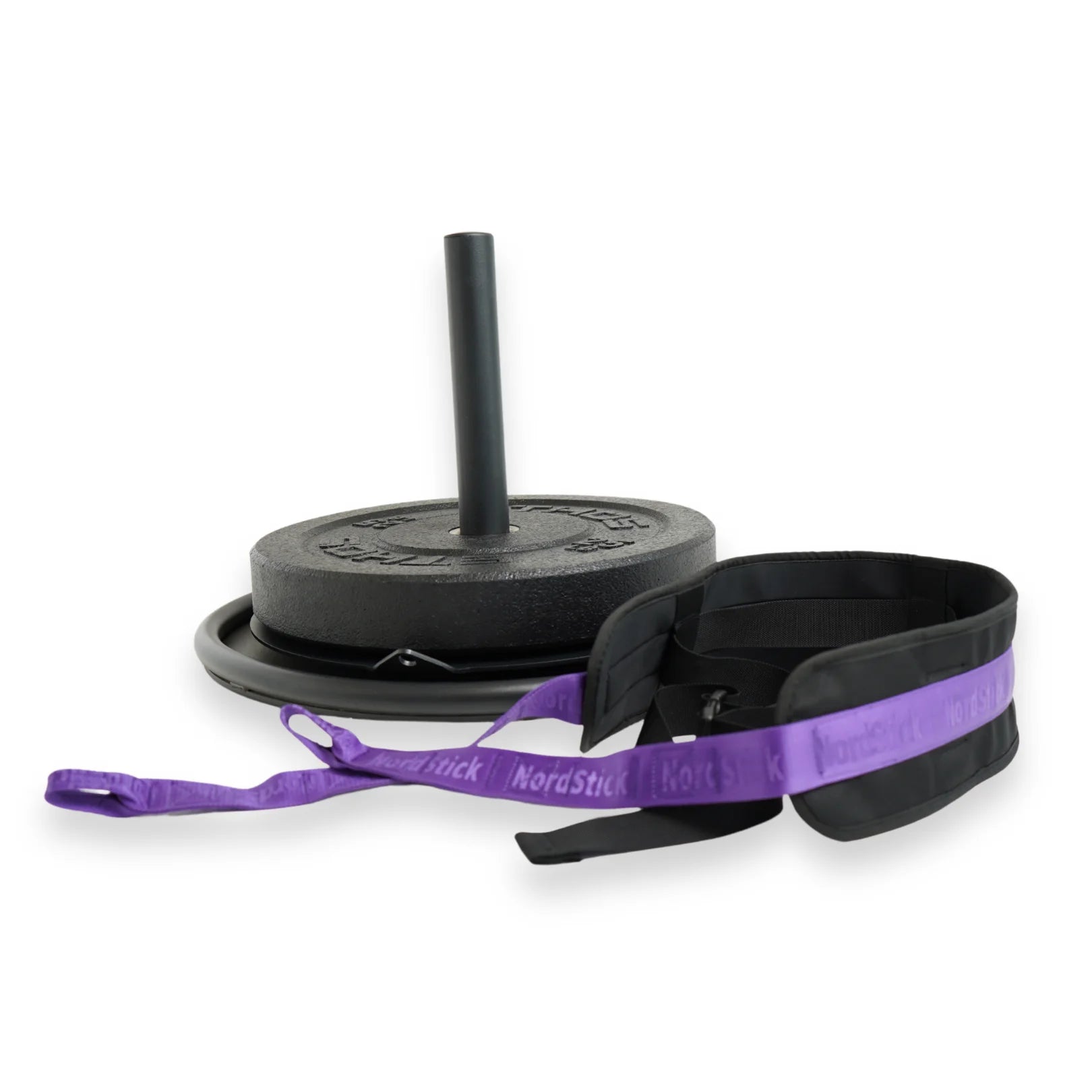
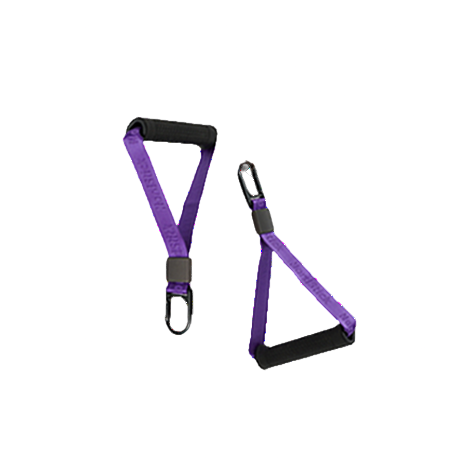
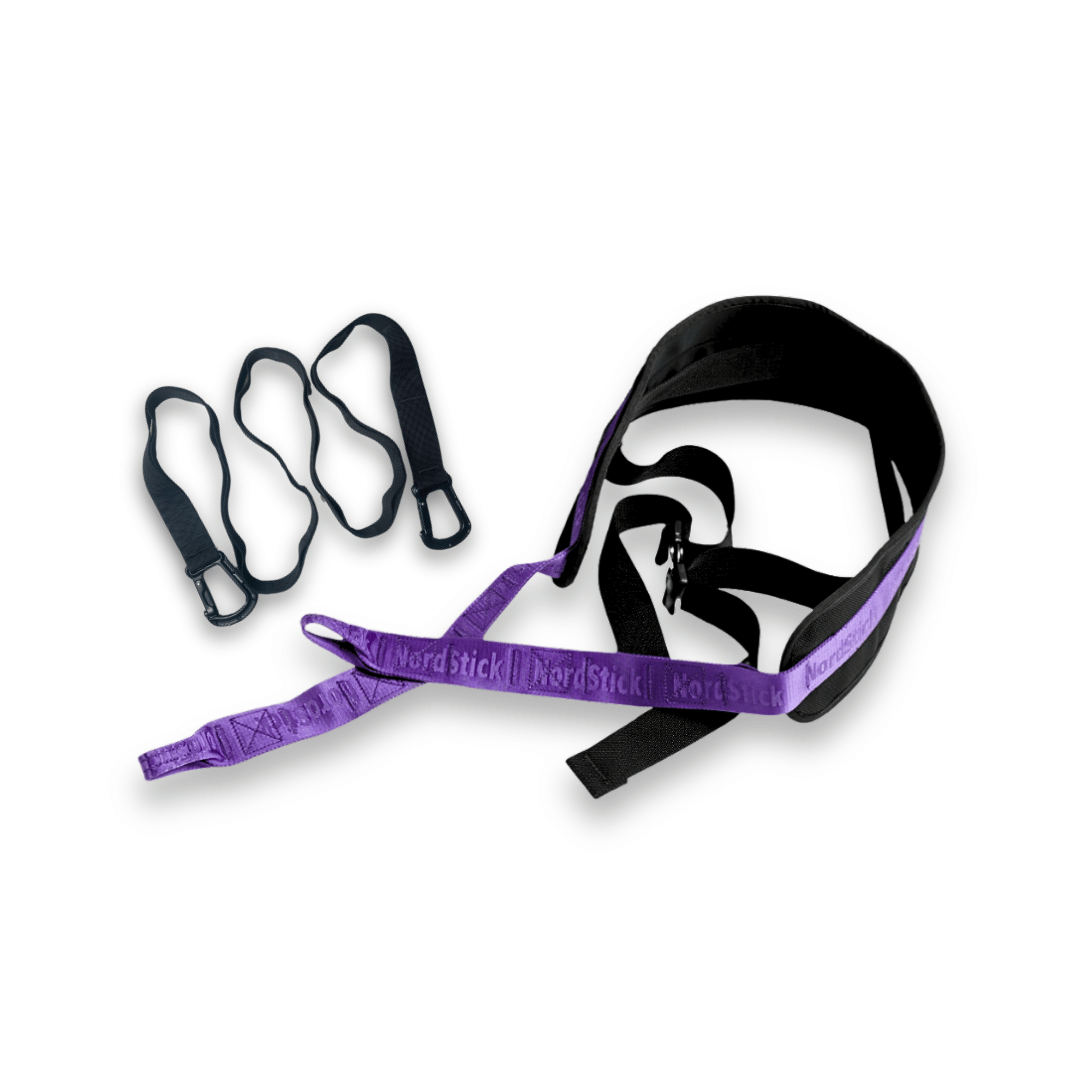
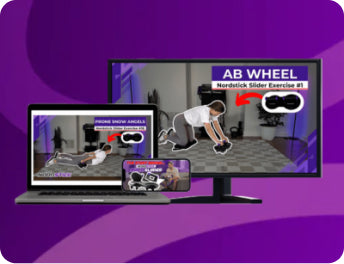




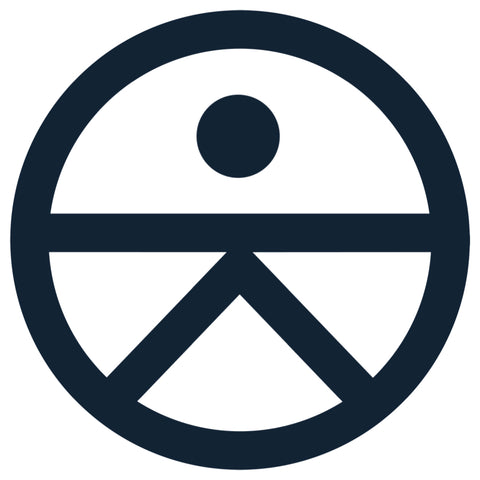
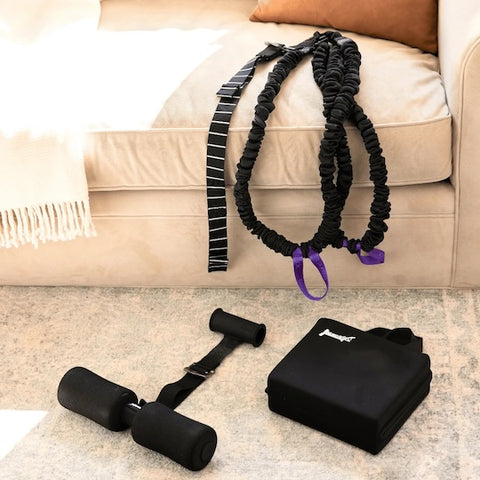


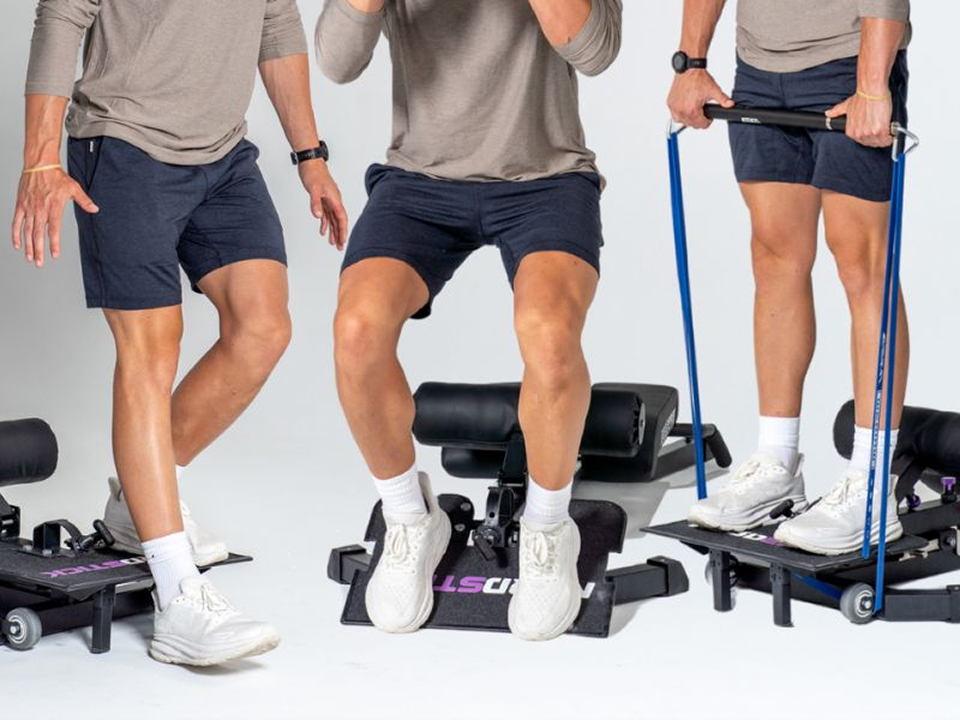
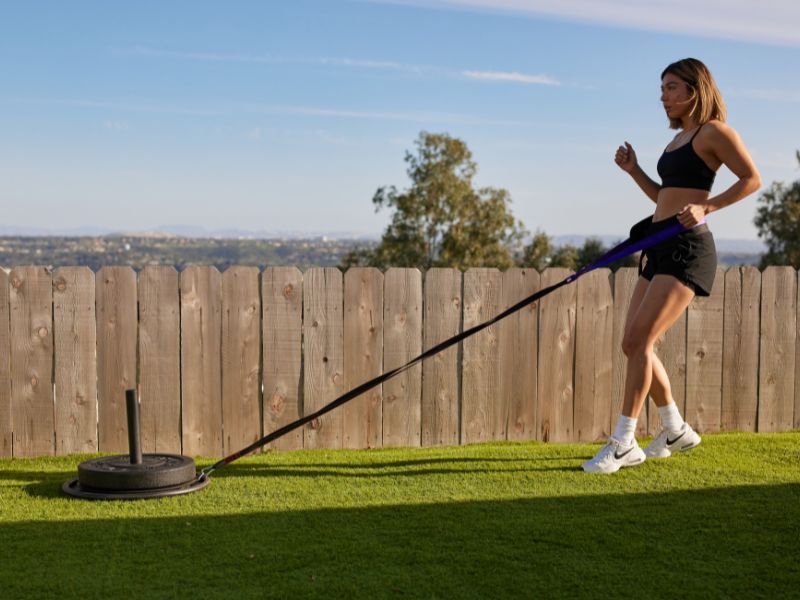

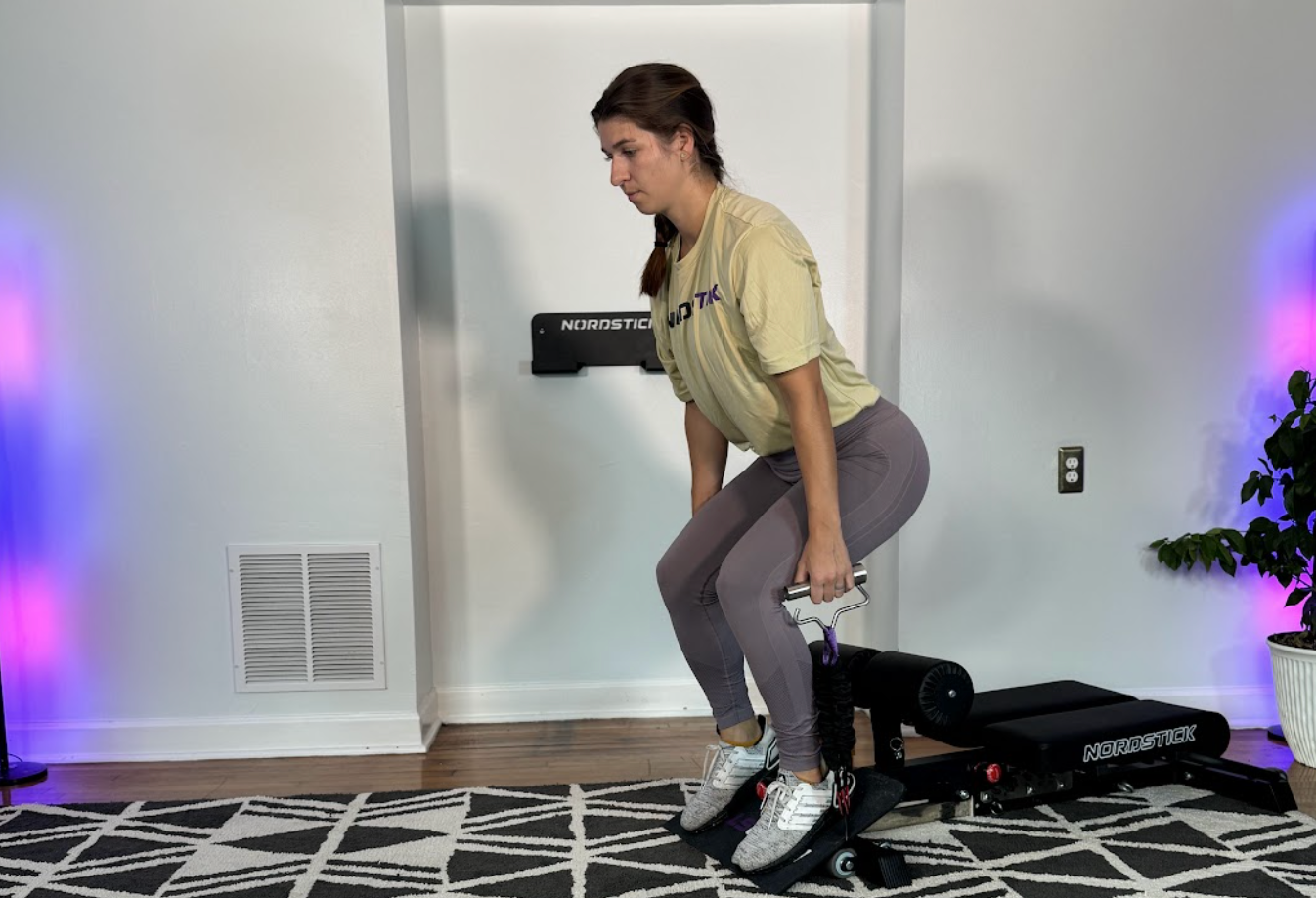
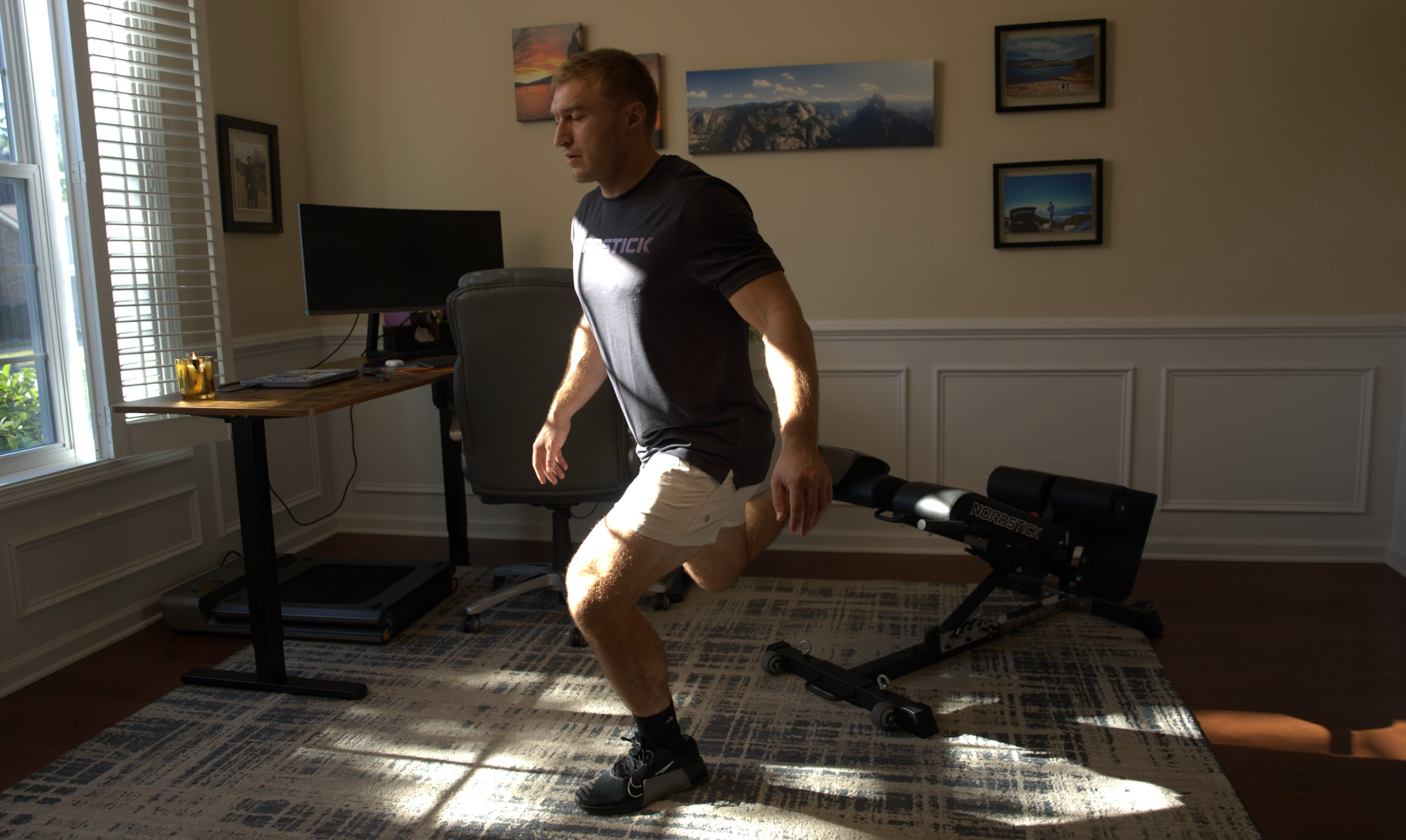
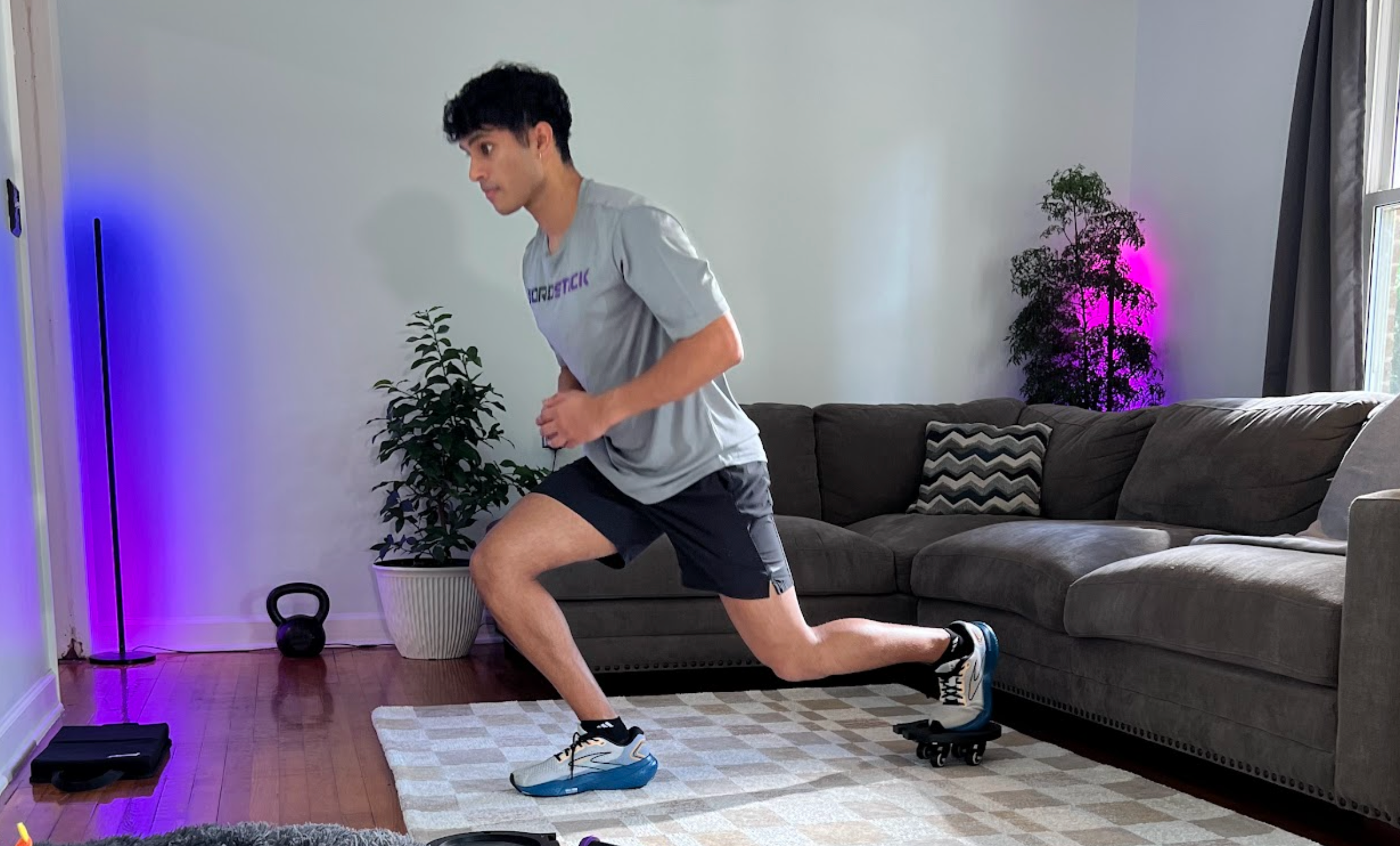



Leave a comment
This site is protected by hCaptcha and the hCaptcha Privacy Policy and Terms of Service apply.